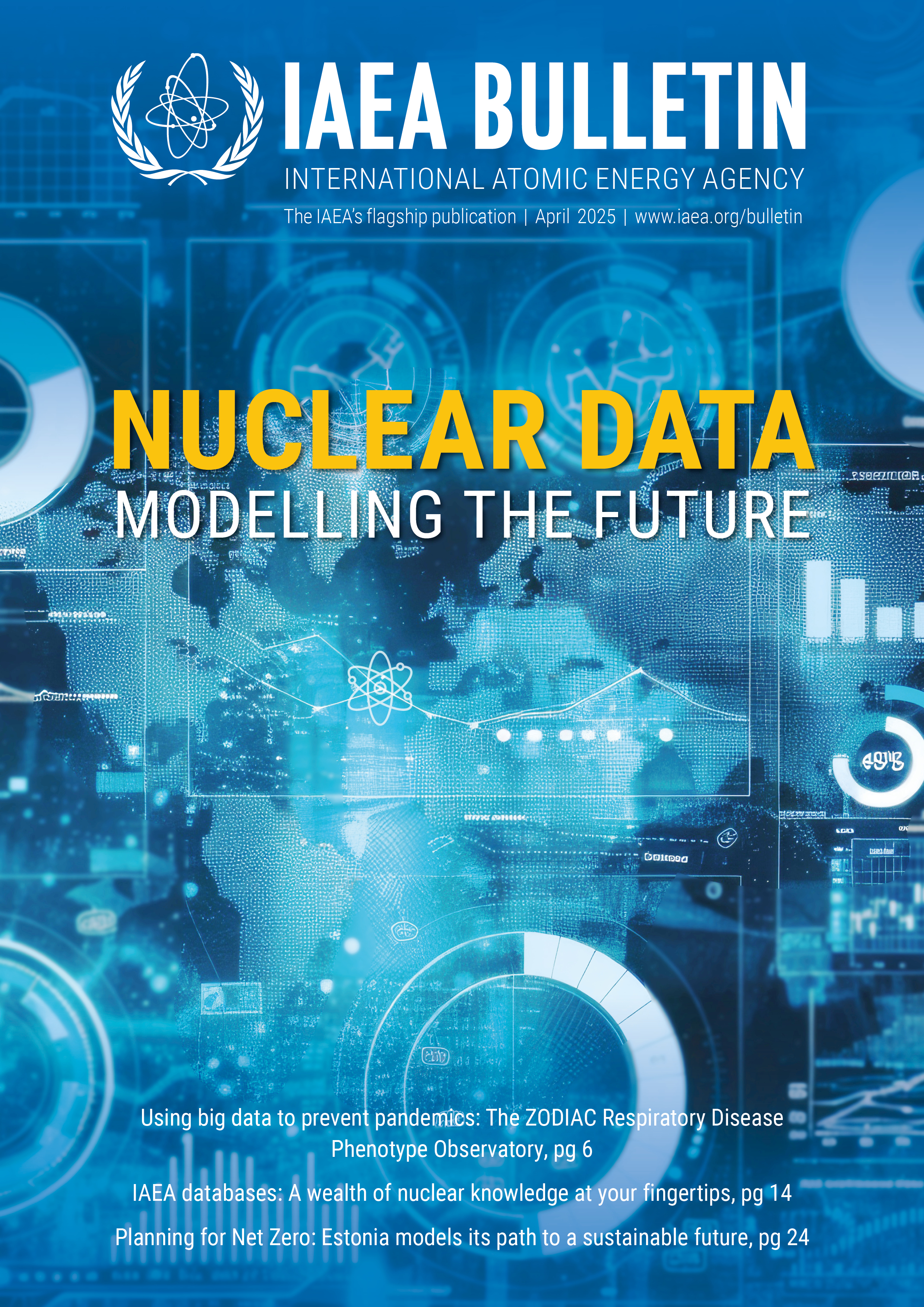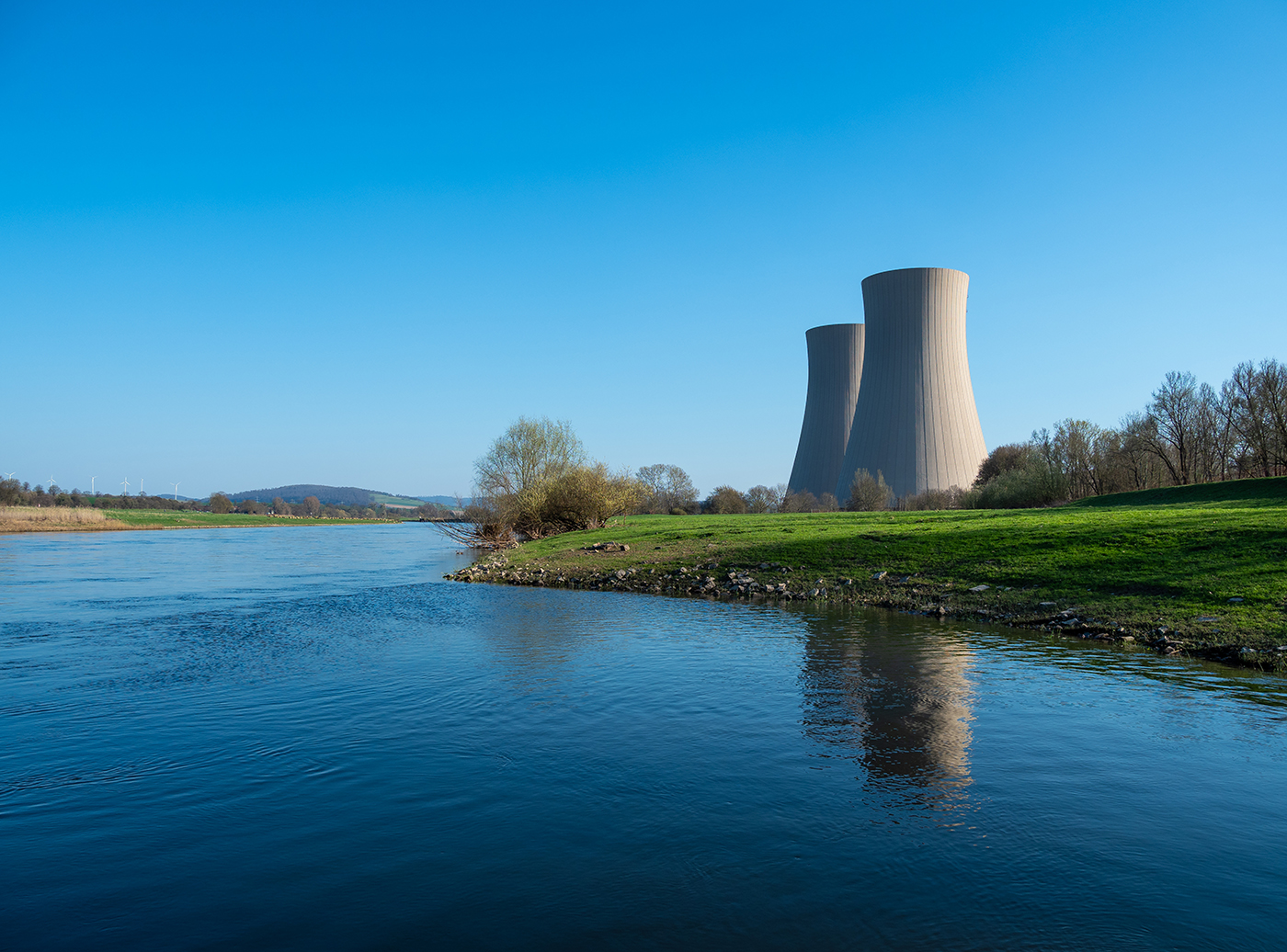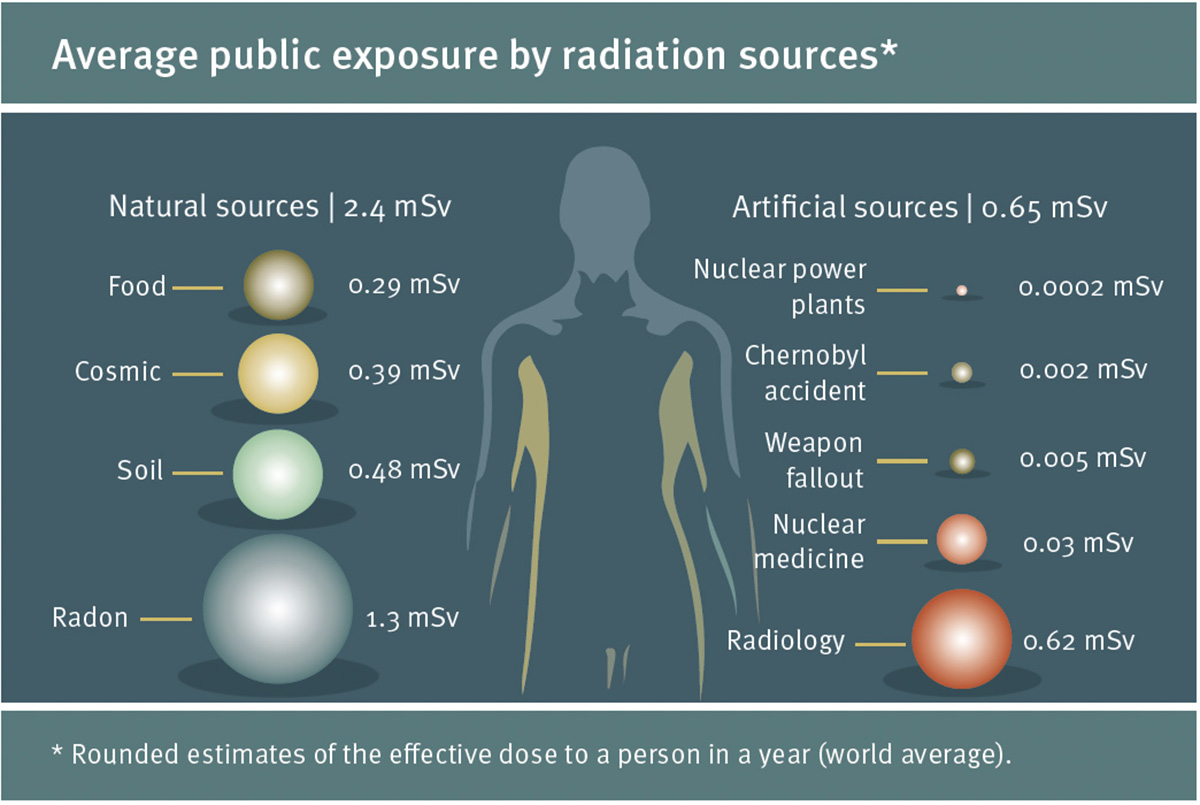A new study by a team of Spanish researchers published in the science, medicine and engineering journal Heliyon aimed to provide monitoring organizations and regulators with information on best practices for monitoring water near nuclear power plants, focusing on radionuclides in groundwater destined for uses other than human consumption, for example irrigation.
The researchers sought to identify common radionuclides discharged from nuclear power plants and to recommend practical testing methods that laboratories can use to screen for those radionuclides. Because they required substantial data on environmental discharges, they relied on the IAEA’s Discharges of Radionuclides to the Atmosphere and Aquatic Environment (DIRATA) database, which includes data from nuclear facilities in all regions.
“We chose DIRATA because the data are up-to-date and reliable,” said the study’s lead researcher, Susana Petisco-Ferrero, Assistant Professor of Energy Engineering at the University of the Basque Country. “It also has data from around the world, which allowed us to create a more representative study by incorporating data from North and South America as well as from the European Union.”
Once a year, 25 countries (73 per cent of countries with nuclear power plants) voluntarily submit discharge data, which is accessible via the DIRATA portal. DIRATA offers participating countries a platform to facilitate transparent reporting of the very low amounts of radionuclides discharged during normal operation of nuclear facilities and activities. It also includes historical discharge records collected by the United Nations Scientific Committee on the Effects of Atomic Radiation (UNSCEAR), the European Commission, and other international and national organizations. The data in DIRATA can be used by regulatory bodies, nuclear operators and researchers to track trends and improve monitoring programmes.
Using the DIRATA database, the Spanish researchers were able to compile a comprehensive list of common radionuclides discharged from nuclear power plants, such as hydrogen-3 and calcium-41. They proposed accessible methods for monitoring their presence in water that could be used in standard laboratories without specialized equipment. Their suggestions included adjusting water sample sizes and selecting appropriate spectrometry techniques to measure the quantity of each radionuclide in a water sample. They also made recommendations for improving monitoring guidance for groundwater around nuclear power plants.
“The work of the Spanish researchers is a prime example of how DIRATA informs scientific research and can help shape policies that protect people and the environment from harmful effects of ionizing radiation,” said Anna Clark, Head of the IAEA’s Waste and Environmental Safety Section. “It is a valuable tool that can help researchers around the world contribute to building a safer future.”


